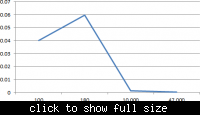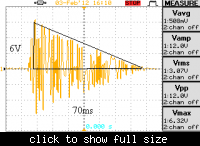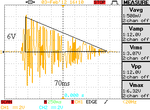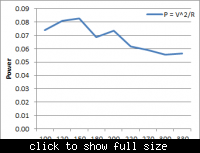jabberwocky_one
Newbie level 6

Extracting maximum power from handheld LED flashlight?
Hello I have got a electromechanical device that I'll be using to gather some data soon.
It's a small hand held generator that lights 2 LEDs. This: (http://i01.i.aliimg.com/img/pb/710/380/403/403380710_296.jpg)
I'd like to know how do I measure the power of this device.
I have seen the usage of piezos using a resistor with high ohmmage (10k+Ω) to act as a load,
and was wondering how do I go about doing this (what Ω do I use).
Do I to measure it like piezo's do?
Can anyone help suggest a method to find the power of this device?
Hello I have got a electromechanical device that I'll be using to gather some data soon.
It's a small hand held generator that lights 2 LEDs. This: (http://i01.i.aliimg.com/img/pb/710/380/403/403380710_296.jpg)
I'd like to know how do I measure the power of this device.
I have seen the usage of piezos using a resistor with high ohmmage (10k+Ω) to act as a load,
and was wondering how do I go about doing this (what Ω do I use).
Do I to measure it like piezo's do?
Can anyone help suggest a method to find the power of this device?
Last edited:










